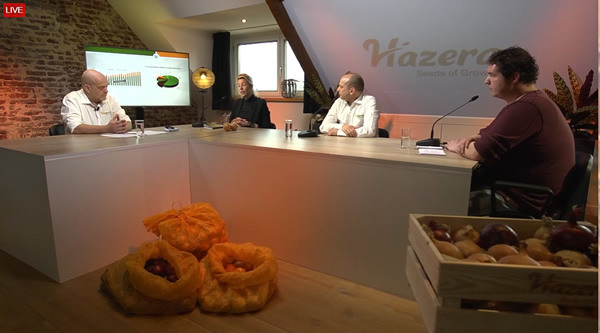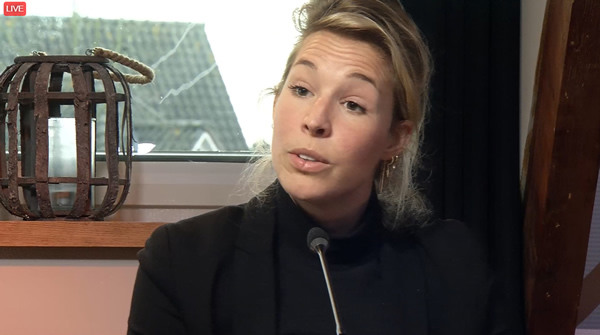"The corona crisis didn't generally have a major effect on onion traders. Export figures have never been as high as in this season. And the Dutch retail sector sold 30% more onions. We were able to meet all the global shortages. Packers in other countries were sometimes faced with many obstacles. And we could supply them. So, it certainly created opportunities for us," said Chayenne Wiskerke of Wiskerke Onions. That was on Thursday during the Hazera onion talk show.

"We're in a good overall position to supply a larger part of the world's market every year. I don't think we'll export more onions each year. There will also be difficult years. But, the average demand for Dutch onions will increase. The deciding factor isn't how big the Dutch supply is, but mainly what the world needs."
Some purchasing countries have protectionist measures. Chayenne mentioned this as one of the biggest threats to Dutch exports. "Dutch onions are often more attractive, price-wise, than local production. So markets sometimes close their borders which is frustrating."

"Dutch onions have always had low logistics costs. That's one of its important strengths. But that's becoming increasingly difficult to maintain. The COVID-19 pandemic has caused container prices to skyrocket. Logistics used to cost €0.03 to €0.04/kg. Now, it's sometimes as much as €0.20."
"Quality remains an important factor for Dutch export possibilities," Chayenne said. "There have been times when we got as far as May/June in the Far East. However, when there are quality problems, buyers switch to Egyptian and New Zealand onions sooner."
"There are larger peaks and troughs between the season's first and last parts. That's becoming more challenging. We have to rely on Europe in the latter part. But, European countries are improving their onion storage and growth quality," Chayenne said.
"There's an increasing shift towards off-land supply. Many growers who grow off-land don't have a storage option. That's certainly risky if volumes continue to grow and things go wrong at some point. There has to be a good balance over the whole season," she warned growers in the audience.
A viewer asked what she enjoys the most about her job. Being the go-between for growers and consumers, Chayenne answered. "You're sharing knowledge with growers, and then you're discussing packaging and sustainability with managers of a large supermarket chain. I love doing that."
